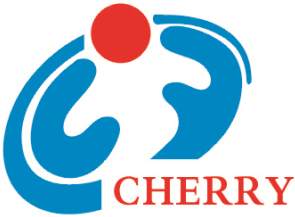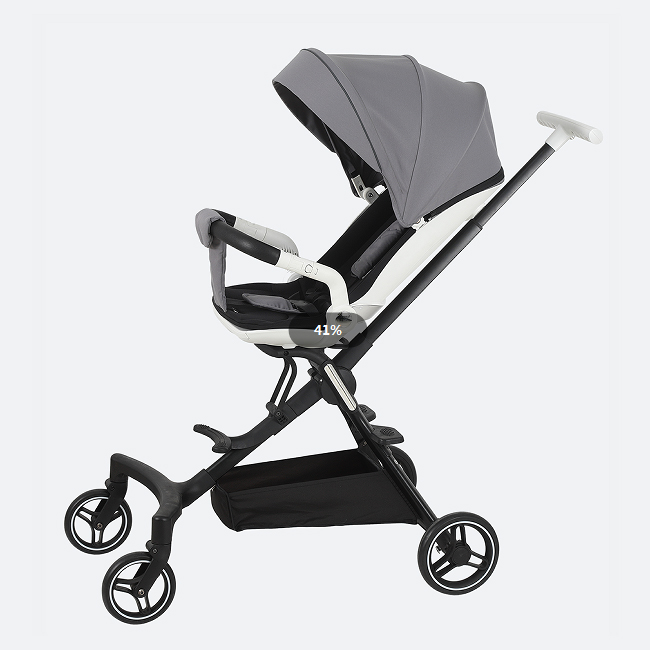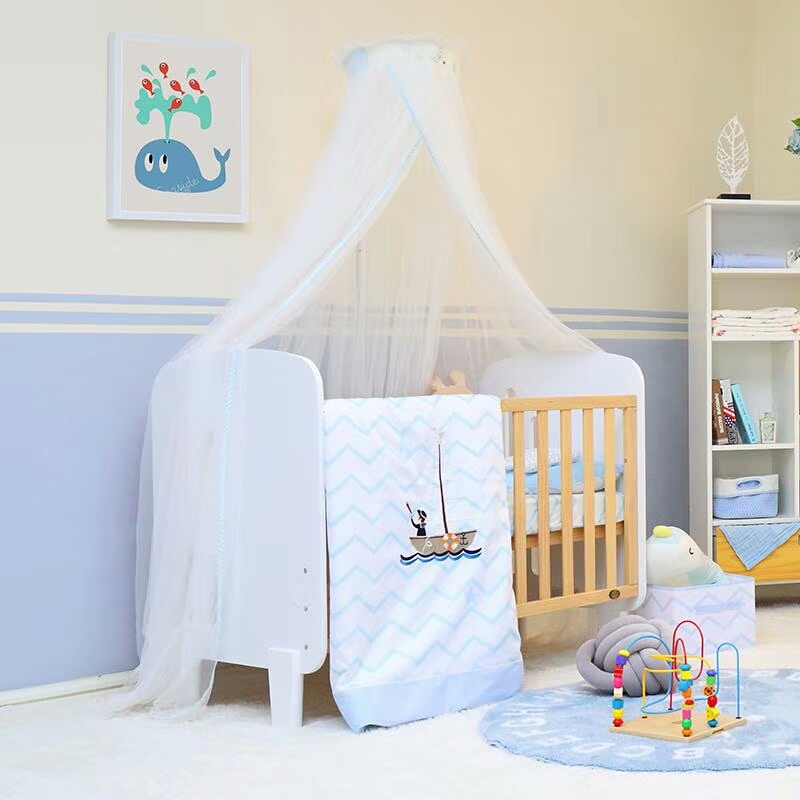As a parent, few things are more terrifying than the thought of your child being injured in a car. You diligently research, read reviews, and invest in what you believe is the best protection—the baby car seat. You strap your little one in, hear the click, and pull the harness snug, trusting that this intricate piece of engineering will be their shield. But a nagging question often lingers in the back of your mind: "Is this really as safe as it can be? Have I missed something crucial?"
This isn't just parental anxiety; it's a valid concern. Every year, thousands of child car seats are misused in ways that could lead to serious injury. Safety isn't just about buying a product; it's about understanding the ecosystem of protection it provides. This comprehensive guide is designed to move beyond the basics. We will delve deep into the critical aspects of baby car seat safety, from selection and installation to common—and often overlooked—mistakes. Our goal is to empower you with knowledge, transforming that lingering doubt into confident assurance. We believe that an informed parent is a child's best safety feature.
At Zhongshan Cherry Daily Products Co., Ltd., we have dedicated over a decade to the science and craftsmanship of child safety. We don't just manufacture products; we engineer peace of mind. Our team of designers and safety experts relentlessly tests and refines every car seat we create, adhering to and often exceeding rigorous international standards. This commitment is rooted in our core belief: every child deserves the highest possible level of protection. Our firsthand experience in research, development, and rigorous crash simulation testing provides us with a unique, authoritative perspective on what truly makes a car seat safe. We are sharing this expertise not just to promote our products, but to uplift safety standards for every family, regardless of the brand they choose.
Part 1: The Foundation - Choosing the Right Seat for Your Child's Stage
The first, and most critical, step is selecting the appropriate type of seat. A seat that doesn't match your child's size and developmental stage is fundamentally unsafe.
1. Rear-Facing Seats (Infant and Convertible): The Gold Standard for the Youngest
This is non-negotiable. Infants and toddlers have disproportionately large heads and fragile necks. In a frontal crash—the most common and severe type—a rear-facing seat cradles the child's head, neck, and spine, distributing the massive forces of impact across the entire shell of the seat. This dramatically reduces the risk of spinal cord injuries.
Infant-Only Car Seats: These are portable carriers with a handle. They are designed specifically for newborns and smaller infants, typically up to 22-35 pounds, depending on the model. They always install rear-facing and often come with a base that stays in the car, making it easy to click the carrier in and out.
Convertible Car Seats: These are the workhorses of child safety. They can be used rear-facing for infants and toddlers, and then "convert" to forward-facing for older children. They have higher rear-facing weight and height limits, often allowing children to remain in the safer rear-facing position until they are 2, 3, or even 4 years old. Expert Tip: Keep your child rear-facing for as long as possible, until they reach the maximum height or weight limit allowed by the manufacturer of their seat. This is the single most important safety decision you can make.
2. Forward-Facing Seats with a 5-Point Harness
Once your child outgrows the rear-facing limits of their convertible seat, they should move to a forward-facing seat with a built-in 5-point harness. This harness system—with two shoulder straps, two hip straps, and one crotch strap—spreads crash forces over the strongest parts of a child's body: the shoulders and pelvis. The top tether strap, which connects the top of the seat to an anchor in your vehicle, is crucial here. It limits the forward head movement ("head excursion") during a crash, preventing serious head and neck injuries.
3. Booster Seats
A booster seat is used once a child has outgrown the 5-point harness of their forward-facing seat. It doesn't have its own harness system. Instead, it "boosts" the child up so that the vehicle's adult seat belt fits them correctly. The lap belt must lie snugly across the upper thighs, not the soft stomach. The shoulder belt should cross the middle of the chest and shoulder, not the neck or face. Children typically need a booster seat until they are at least 4 feet 9 inches tall and between 8 and 12 years old.
4. All-in-One Seats (3-in-1 or 4-in-1)
These seats, like many models developed by Zhongshan Cherry, are designed to be a long-term solution. They transition from a rear-facing seat to a forward-facing harness seat, and finally to a belt-positioning booster. While convenient and cost-effective, it's vital to ensure that the seat performs excellently in every mode. A common pitfall is that a seat might be a great rear-facing seat but a mediocre booster. Always check independent safety reviews for each mode of use.
Part 2: The Installation - Where Safety is Secured (or Lost)
You can have the best car seat in the world, but if it's installed incorrectly, its effectiveness plummets. Statistics suggest that nearly half of all car seats are misused.
The Two Primary Methods: LATCH vs. Seat Belt
LATCH (Lower Anchors and Tethers for Children): This is a standardized system in vehicles manufactured after September 2002. It consists of lower anchors in the vehicle seat crease and top tether anchors behind the seat. LATCH is designed to make installation easier and more secure without using the seat belt.
Seat Belt Installation: This is equally safe when done correctly. The vehicle's seat belt is routed through the designated belt path on the car seat and locked.
Crucial Installation Steps:
Read Both Manuals: This is the most skipped, yet most important, step. Read your vehicle's owner's manual and your car seat's instruction manual. They contain specific, non-negotiable instructions.
Achieve a Rock-Solid Fit: Once installed, grab the car seat at the belt path (the point where the seat belt or LATCH strap connects) and try to move it side-to-side and front-to-back. It should not move more than one inch in any direction.
The "Pinch Test" for the Harness: On a 5-point harness, after buckling your child in, perform the "pinch test." Try to pinch the harness strap at the child's collarbone. If you can pinch a vertical fold of the webbing between your fingers, the harness is too loose. Tighten it until you cannot pinch any excess material.
Check the Retainer Clip: The chest clip (or retainer clip) should be positioned at armpit level. Its job is to keep the shoulder straps in the correct position on the child's body before a crash.
Beware of Bulky Clothing: Do not place your child in the car seat while they are wearing a puffy winter coat. The compressible material of the coat creates a dangerous gap between the harness and your child's body. In a crash, the harness will tighten, compressing the coat, but your child's body can be thrown forward with tremendous force. Instead, dress your child in thinner, tighter layers, place them in the harness, and then put the coat on backwards over the secured harness, or use a blanket.
Part 3: Beyond the Basics - Common Pitfalls and Proactive Safety
Safety is a continuous practice, not a one-time setup.
Aftermarket Products: Do not use any accessory that did not come with your car seat or was not specifically approved by the manufacturer. This includes strap covers, head supports, seat protectors, or toys that attach to the seat. These items have not been crash-tested with the seat and can interfere with its performance in unpredictable ways.
Expiration Date: Yes, car seats have an expiration date, typically 6 to 10 years from the date of manufacture. Plastics degrade, harness webbing can weaken, and safety standards evolve. The expiration date is usually stamped on the bottom or back of the seat.
Second-Hand Seats: Be extremely cautious. Never use a car seat that is past its expiration date, has been in a moderate or severe crash (even if it looks fine), has visible cracks, is missing parts or labels, or has a history you cannot fully verify.
Our Commitment at Zhongshan Cherry Daily Products Co., Ltd.
Our philosophy is built on a foundation of E-E-A-T: Experience, Expertise, Authoritativeness, and Trustworthiness.
Experience: For over a decade, we have been immersed in the world of child safety products. We have learned from real-world feedback, manufacturing challenges, and the evolving landscape of vehicle safety. This hands-on experience informs every design decision we make.
Expertise: Our engineering team possesses deep technical knowledge in materials science, biomechanics, and crash dynamics. We don't just follow standards; we understand the physics behind them. This expertise allows us to innovate in ways that genuinely enhance protection, such as our side-impact protection systems that use energy-absorbing materials and reinforced structures.
Authoritativeness: Our products are certified to meet or exceed stringent safety standards like the European ECE R44/04 and the newer, more rigorous R129 (i-Size) regulations. We engage with industry safety forums and our testing protocols are a core part of our development process, establishing us as an authoritative voice in the field.
Trustworthiness: We build trust through transparency and a relentless focus on quality. We clearly label expiration dates, provide comprehensive, easy-to-understand manuals, and use high-quality, durable materials. Our customer service team is trained to answer technical questions about installation and use. We stand behind our products because we know what's at stake.
Conclusion: Your Vigilance is the Final Piece
Choosing and correctly using a baby car seat can feel overwhelming, but it is one of the most profound acts of care you can perform for your child. It is a multi-layered process of selecting the right seat, installing it with precision, and using it correctly on every single journey, no matter how short.
Let's return to our initial question: "Is your baby car seat truly safe and secure?" The answer is a resounding "yes" if you have:
Chosen a seat appropriate for your child's age, weight, and height.
Installed it rock-solidly in your vehicle, using either LATCH or the locked seat belt.
Harnessed your child snugly, passing the "pinch test" every time.
Committed to using it correctly for every trip and staying informed about best practices.
Your role as an educated, vigilant parent is the most critical component of your child's safety system. At Zhongshan Cherry Daily Products Co., Ltd., we are honored to be a partner in that journey, providing products that are built not just to meet a standard, but to protect what you value most. Drive safely.






